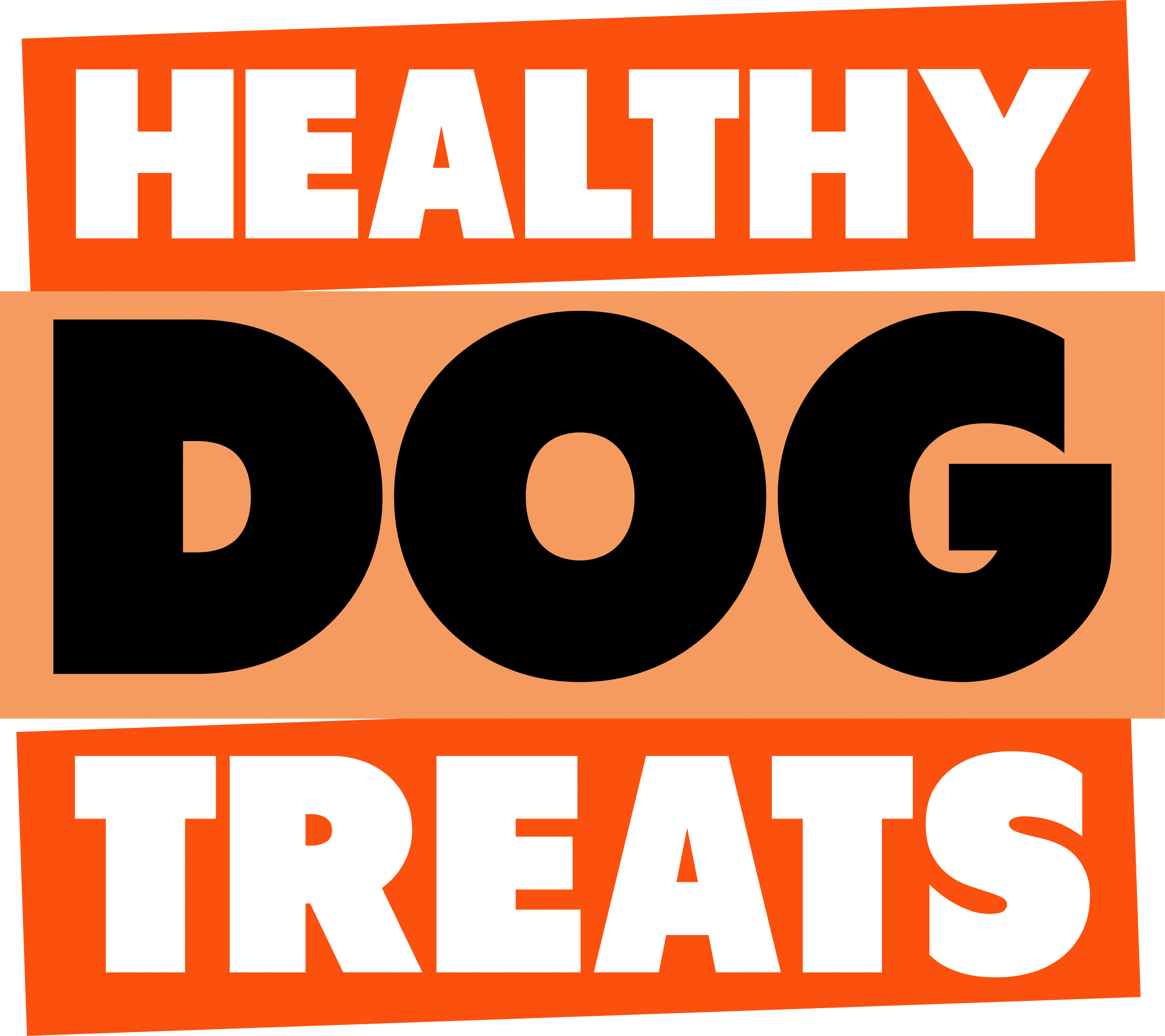No products in the cart.
Why do dogs have taste buds evolved to detect and ENJOY meat and water.
The great debate about dog food requirements has largely been high-jacked by dog food companies who make a lot more money by making dog food mostly out of grain and vegetables.
We consider the science behind dogs taste buds in this article to understand exactly how evolved dogs are from their carnivore origins. Spoiler alert, they aren’t.
The scientifically derived five main taste senses across all animals are: sweet, umami, bitter, salty, and sour. This is how three of them work:
“ The receptors for sweet, umami and bitter tastes are G protein-coupled receptors (GPCRs)” Ref 2
1 Sweet taste is mediated largely by a heteromer of two closely related Tas1r (type 1 taste receptor) family GPCRs: Tas1r2 and Tas1r3
2 umami taste receptor are based on Tas1r1 and Tas1r3
3 bitter taste is mediated by Tas2r family GPCRs (structurally unrelated to Tas1r)
A paper called ” Major taste loss in carnivorous mammals” theorised their might be a link between taste function and feeding ecology. This is, they wanted to show analysis of taste buds was directly related to observed feeding habits of animals. And so eventually they theorised they could classify by taste buds alone which class of animal they were in (carnivore, omnivore, and herbivore).
For instance, it was shown that domestic Cats (obligate carnivores) are behaviourally insensitive to sweet-tasting compounds. They cannot detect sugars. And this they suggest is because cats exclusively eat meat and don’t need carbs (vegetables) in their diet.
Sea lions (Carnivora) and dolphins (Cetacea) are two very disparate species but have been shown to have similar atrophied taste systems. Their fewer taste buds and less taste distinction is theorised to be caused by swallowing prey whole and not needing to be as discerning in tasting their prey..
THEY ” found that seven of the 12 species examined from the order Carnivora – only those that feed exclusively on meat – had pseudogenized Tas1r2 genes as predicted.” REF 2 That is, they assumed that all obligate carnivores would lose the ability to sense sweet taste as they did not need to eat carbs. But as you can see 7 out of 12 is hardly conclusive. So the ” The intact dog Tas1r2 gene structure is also hardly conclusive of its level of being a true Carnivore”.
” As the animal (dogs) moved closer toward obligate carnivore it became increasingly likely that loss of the Tas1r2 gene would be well tolerated, reflected by the fact that the relaxation of functional constraint occurred in branches with a pseudogenized Tas1r2, although not completely.” Ref 2
One point to note is that dog food makers theorise that an obligate carnivore has travelled the other direction, becoming less carnivore. So that means that the sweet gene in dogs would only become more prominent. But that is not true. Dogs detect sugar but they have additional taste skills exclusive to a meat eater. And like they say “ These data are limited in the number of animals tested and the number and kinds of behavioural tests conducted and, consequently, they warrant caution in interpretation.” Ref 2
Dogs like some other carnivores still have a ” functional Tas1R2 proteins, probably because these animals sometimes eat things other than meat.” Ref 1 So while it seems to have been proved that dogs are not obligate carnivores, its the level of tolerance they have to other foods besides meat products that is the mystery. And some speculate that is exactly how the dog food manufacturers (worth billions) want it.
A big reason raw feeders give dogs almost all meat, is bio-availably – the ability of a dog to use all of the nutrition within a food, and to do so easily without extra stress on the body in processing. This is a big factor in the reason we at healthy dog treats know that the most species suitable food for dogs is meat.
Obligate carnivores like domestic cats should have 100% meat only, but many cat food manufacturers give cats a lot less. So if they are willing to feed true obligate carnivores much less than 100% meat it makes it much easier to understand that wild dogs that would still eat 95% meat could be subjugated to being fed as little as 25% meat and meat ‘by products’ by unethical manufacturers. Its all about the almighty dollar, not your dog.
Evidences that dogs are mainly meat eaters
Besides their evolution from obligate carnivores (grey wolf), their carnivore digestive system (from teeth type to short intestine and high acid stomach content) what do dog’s taste buds tell us?
Domestic dogs have functional Tas1R2 proteins, meaning they can still taste sugar, but not as completely as many true omnivore or herbivore.
“Dogs have a reduced ability to taste salt. Dogs seem to have additional receptors for meat contain chemicals, so they really crave meat. But meat is full of salt, so they don’t have to crave salt.” REF 2 – hence the diminished salt taste bud receptors.
Here is the really weird conclusions that mainstream (grain dog food supporters) tend to make about this fact. Rather than take the formation of a MEAT receptor as evidence of a dog’s high need for meat (ie carnivore) they speculate that ” if dogs eat too much meat, they get too much salt. This can throw all ionic mechanisms into chaos, which includes about every function of every cell. Dogs need to balance their salt intake with their water intake – more salt, then more water to flush it out.” REF 2
THIS is what a raw feeder believes: The reality is that dogs have water receptors on the tip of their tongue to sense and receive pleasure from drinking water. Their high desire (to eat meat – (hence the meat taste receptor) makes dogs also crave water (hence water receptor) and drinking water after eating a meat products is perfect for flushing any excess salt contained in the meat out of their body. The meat and water sensors systems are more indicative of a dog being a carnivore than of not being a carnivore.
“ Dogs may not perceive salt very well, but taking in salt makes their water receptors much more sensitive. This means water will be tastier to them after having eaten meat.” ref 2
” When studied in a laboratory, dogs showed a preference for certain tastes when eating. Meat-filled and sugary tasting foods were preferred over corn or grain-based foods when given a choice between the two. ” Ref 3
Dog food manufacturers spend millions to make your dog eat grains (because they are cheap) and that is why the small amount of meat they use (to meet minimum aafco protein requirements to be called dog food). But because dogs crave meat much more than grains, grain based pellets and dog food has to be disguised and have unnecessary slavering of sugars and fats ADDED. Here they use the dogs sweet taste buds against them.
Unlike humans ” Dogs can also detect sweet easily, but cannot detect saccharine or even some artificial sugars.” ref 3 Perhaps because they are not that much of an omnivore.
” Dogs also tend to prefer flavours that come with extra aroma, such as meats dipped in gravies, or canned foods that are still moist (and smelly) versus dry kibble.” And texture also plays a part. A smelly but poorly textured food will often fail dog food maker tests. These are the other ways that dog food makers trick your dog and you into buying their inappropriate products. Add artificial additives and pungent smells to non meat products.
” Outside of the laboratory, a dog’s food preference varied greatly from dog to dog, and was closely linked to what the owner preferred, where the dog slept at night, and even how bonded dog and owner were!” REF 3
THIS is the trap that owners fall into where they say how much their dogs love a big plate of pasta or broccoli etc. Dogs in the wild would NEVER select these foods unless on the edge of starvation. However they are so bonded to humans (often to their detriment) that they will do anything to be like us, and crave what we crave. If only we exclusively ate meat, how much better a dog’s life would be !
I personally add about 20% very high fibre kibble to my dogs raw meat diet to assist in firm stools. This is the only regular carb addition I give my dog. Most nights my dog leaves the kibble over night and will not even consume it the next day. If I reduce the meat enough, it will force them to eat the kibble, but its always the last option.(even with the kibbles manufacture tricks of added sugar and fats tricks)
Ironically humans spend millions to make your dogs eat cheap grains, whereas almost every dog will eat any of the dried meat dog treats we sell – without ANY additives.
If you have bought into the fear that vets have propagated about feeding dogs raw meats, then feeding them dried meat based dog treats as a food supplement is the BEST thing you can do for the health of your beloved dog !
References
REF 1 http://biologicalexceptions.blogspot.com.au/2014/02/cats-dont-taste-sweet-but-dogs-taste.html
REF 2 Major taste loss in carnivorous mammals: Peihua Jiang,a,1 Jesusa Josue,a Xia Li,a,2 Dieter Glaser,b Weihua Li,a,3 Joseph G. Brand,a Robert F. Margolskee,aDanielle R. Reed,a and Gary K. Beauchampa,1
REF 3 https://bncpet.com/blogs/news/37045185-what-makes-my-dog-like-that-how-smell-and-taste-work-in-the-canine-mind


